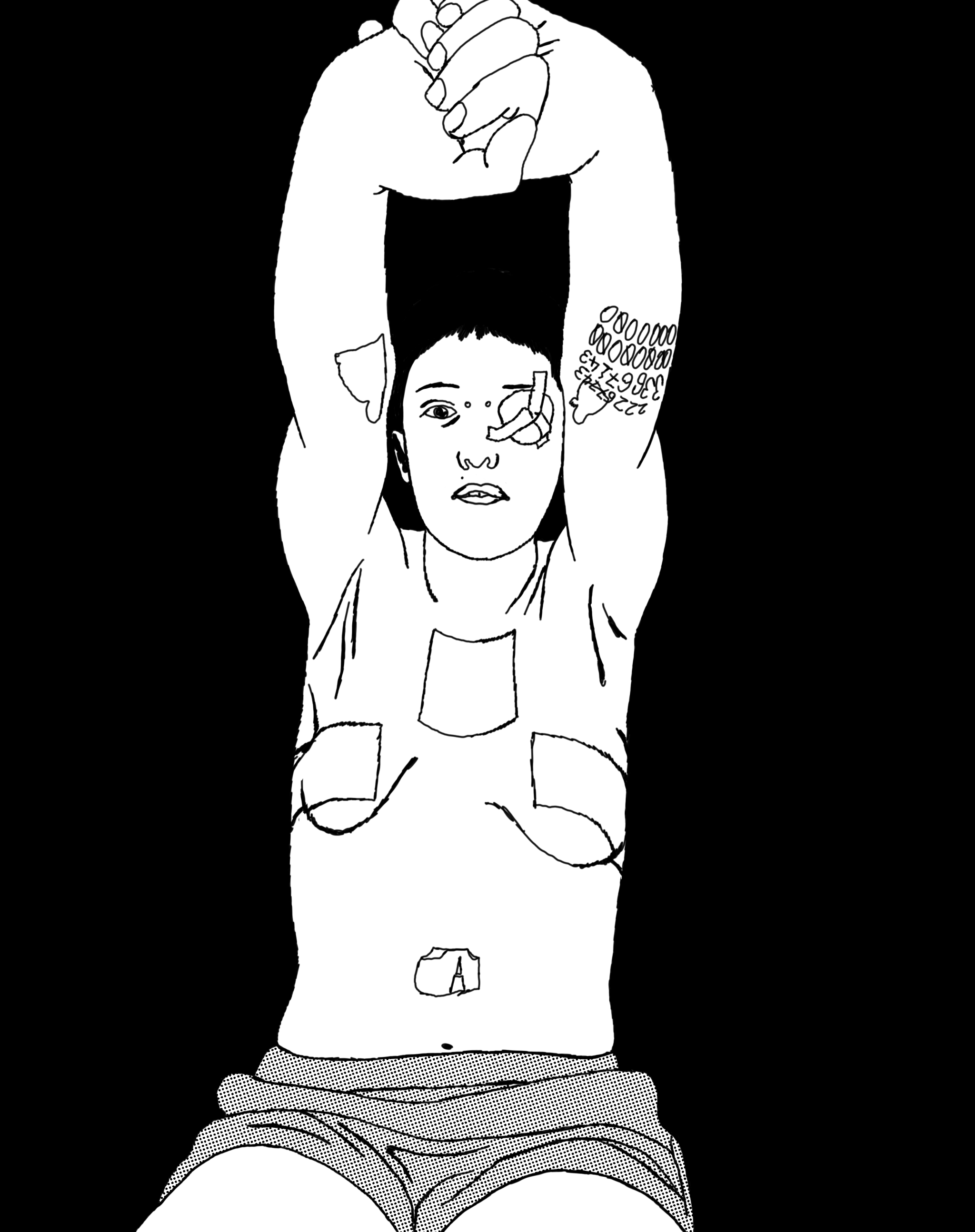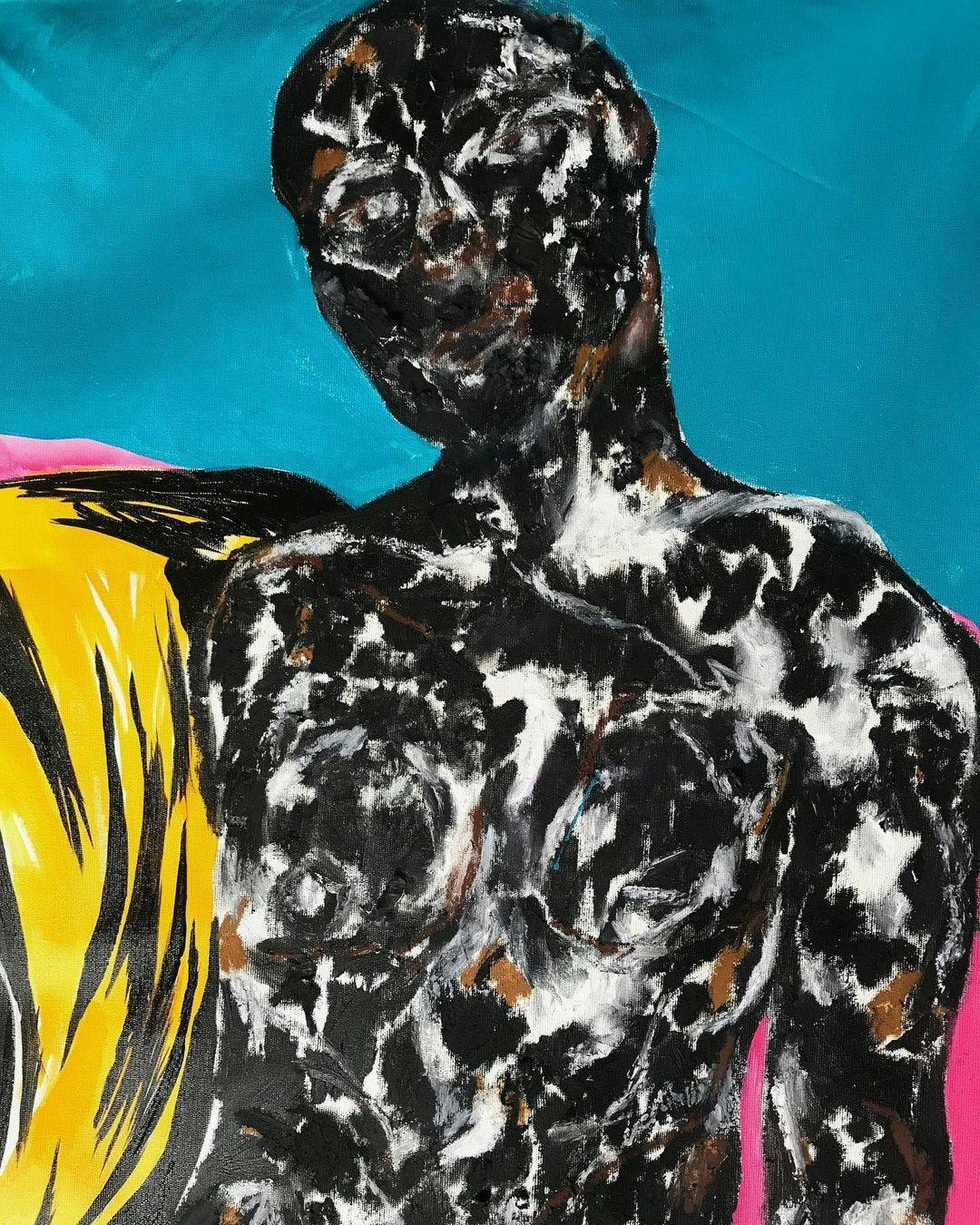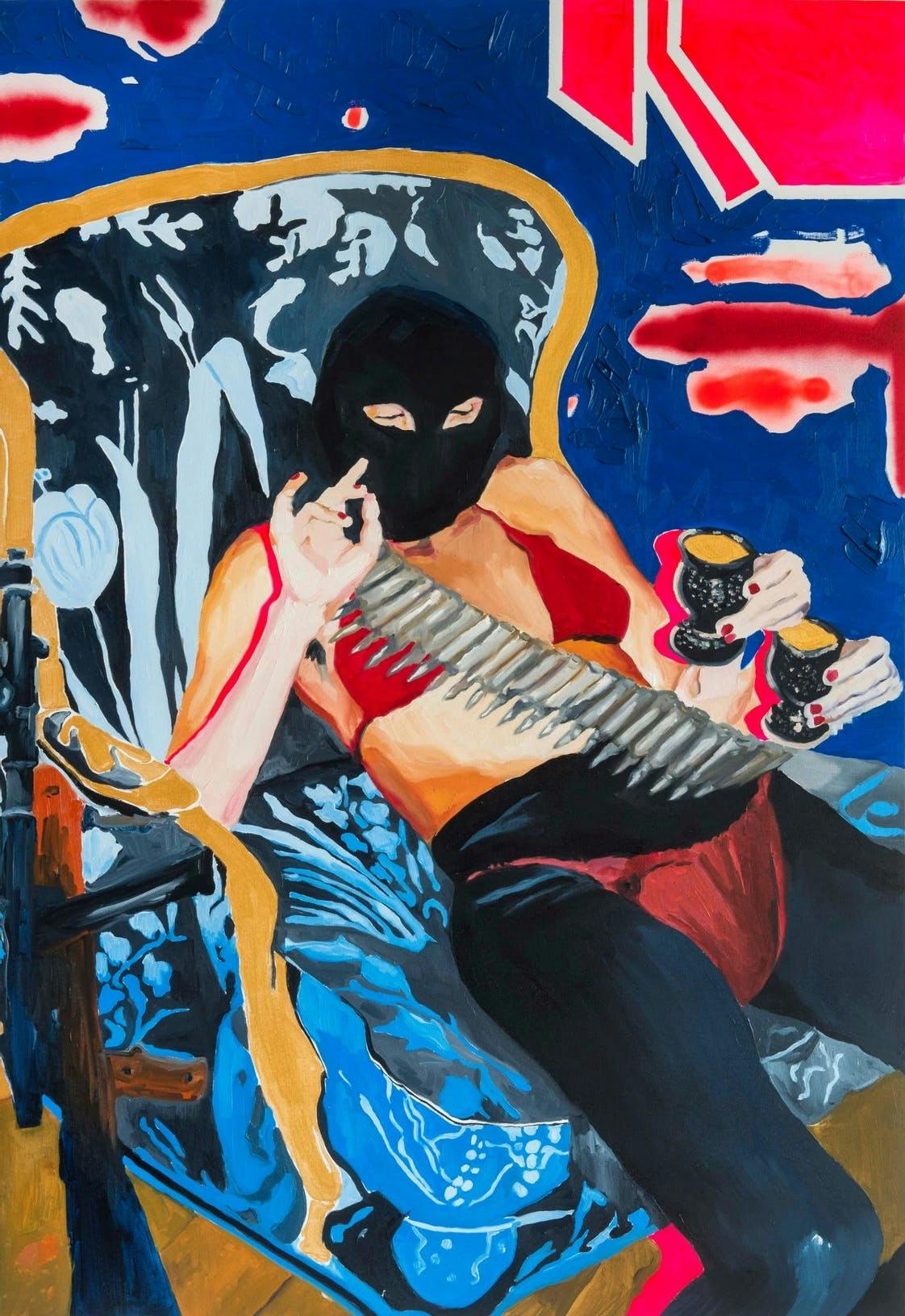Giovanna Cianelli
Giovanna is an illustrator and designer with roots in architecture and furniture design, finding her way into Editorial Design and Illustration through her passion for fine arts, music, design, counterculture, and her punk influences in her teens. Giovanna shares three references that marked her career and leaves a provocation for the market.

My history with design begins with my passion for the visual arts, music, and drawing. Counterculture and do-it-yourself have always appealed to me. I spent my adolescence immersed in punk rock and I think that fed me with great references: album covers, zines, collages. The fact I was always in record stores, second-hand bookstores, and concerts awash with that sense of self-management. A major influence was also the discovery of Brazilian art from the 60s, which had a very strong social and political character – in addition to being beautiful. Cildo Meireles and Hélio Oiticica became my favorite artists.
These ideas and aesthetics reverberate in me to this day. I remember that I was reading “Lina por Escrito”, during college, when a friend referred me to an internship position where he worked. It was a very happy coincidence: I went to work with Paulo Alves, an architect and furniture designer who worked with Lina Bo Bardi on one of her latest works. I worked with furniture design together with Paulo for 5 years, assisting him in some projects and creating some pieces of my own. One of the coolest things from that time was the work we did for SESC (including Pompéia, which is one of Lina's outstanding works).
Even today I am passionate about this area, but I was a little frustrated with some aspects of that industry. Works like the one by SESC were an exception. The biggest demand in the market was for straight, repetitive pieces for a highly elite audience.
I started the transition to Graphic Design, which seemed to me to be an area in which I could explore a more authorial trait in a more accessible product —that was my hope— and along came the opportunity to work together with Guilherme Xavier at Desenho Editorial. With Guilherme, I learned the basics of working with books. He was super kind and I am so grateful for everything he taught me. In 2017, I started working from home and doing freelance work for Desenho Editorial. This made me seek after my own clients and look at illustration a little more seriously. I started taking courses with Lourenço Mutarelli and DW Ribatski and, from there, I tried to include illustrations in the editorial projects I created.
That same year, I was very happy when I was invited to do an illustration for Stephen King's “A Hora do Lobisomem”, released by Companhia das Letras. I think this was very striking for me, because I felt that this authorial path I was looking for had some chance of succeeding. I started making some covers for small publishers or editorial projects of friends and that way I started to understand this media better.
I think that the most remarkable moment of my career so far was the creation of the graphic design and cover of Laranja Mecânica. It took a few months of research, redesign of typography and the search for this language for illustration. The initial (and super important) direction was from Daniel Lameira, editor at Aleph, who chose the cover scene and pondered this creation process. I was very happy when I was awarded gold in the editorial category at the 2019 Latin American Design Awards for this book project. A great achievement and a huge incentive to believe in myself.
01
Ivo Puiupo
The language that Ivo explores is wonderful. Ivo creates comic books with surreal traits. The courage to go into new paths inspires and attracts me a lot.

02
Heloísa Hariadne
I feel a freshness in the masses of colors and in the way in which Heloisa's work is represented. I really appreciate the aesthetic universe she’s masterfully created.

03
Marcela Cantuária
Marcela is a visual artist who combines political themes and rich compositions. In many of her works, Marcela honors women from around the world who fought for her ideals.

A provocation
In 2020, the famous designer Milton Glaser passed away. I started reading some Milton interviews and found this article from 2006, in which during a lecture, the famous designer was asked why there are so few women “superstars” in Graphic Design? Milton replied:
“The reason there are so few rock stars in graphic design is that women get pregnant, have kids, go home, and take care of their kids. And these are essential years when men are investing in their careers, gaining visibility. This is deprived of women who choose to stay at home. Unless something very dramatic changes in human nature, it will never happen.”
Then, he was asked about the assistance of nannies and daycare centers in raising children to make the mother freer, and he replied: “None of these solutions are good”.
The phrase “this will never happen” echoed like a blow to me since, in addition to being a woman, I am a mother. One of the reasons I migrated to Graphic Design was precisely the possibility of working remotely and being able to spend more time with my son.
Although it was very hard to read this from someone I absolutely admired, this anger I felt made me want to be the best designer I could — just to prove that yes, that was possible. It makes me want to elevate all the amazing professionals I know and show other women that it's possible.
Anyway, my provocation is: I want more rockstar women in graphic design. Now.